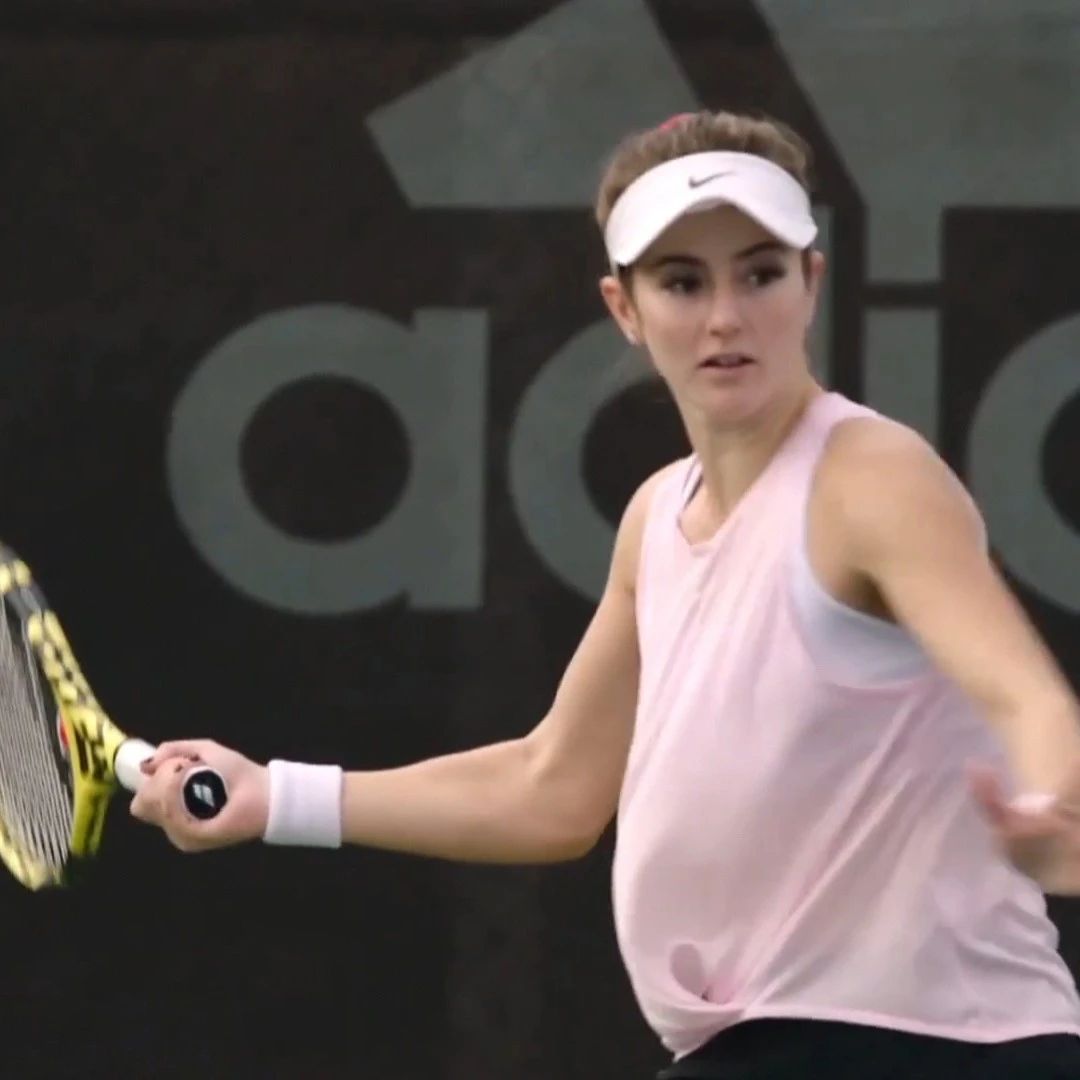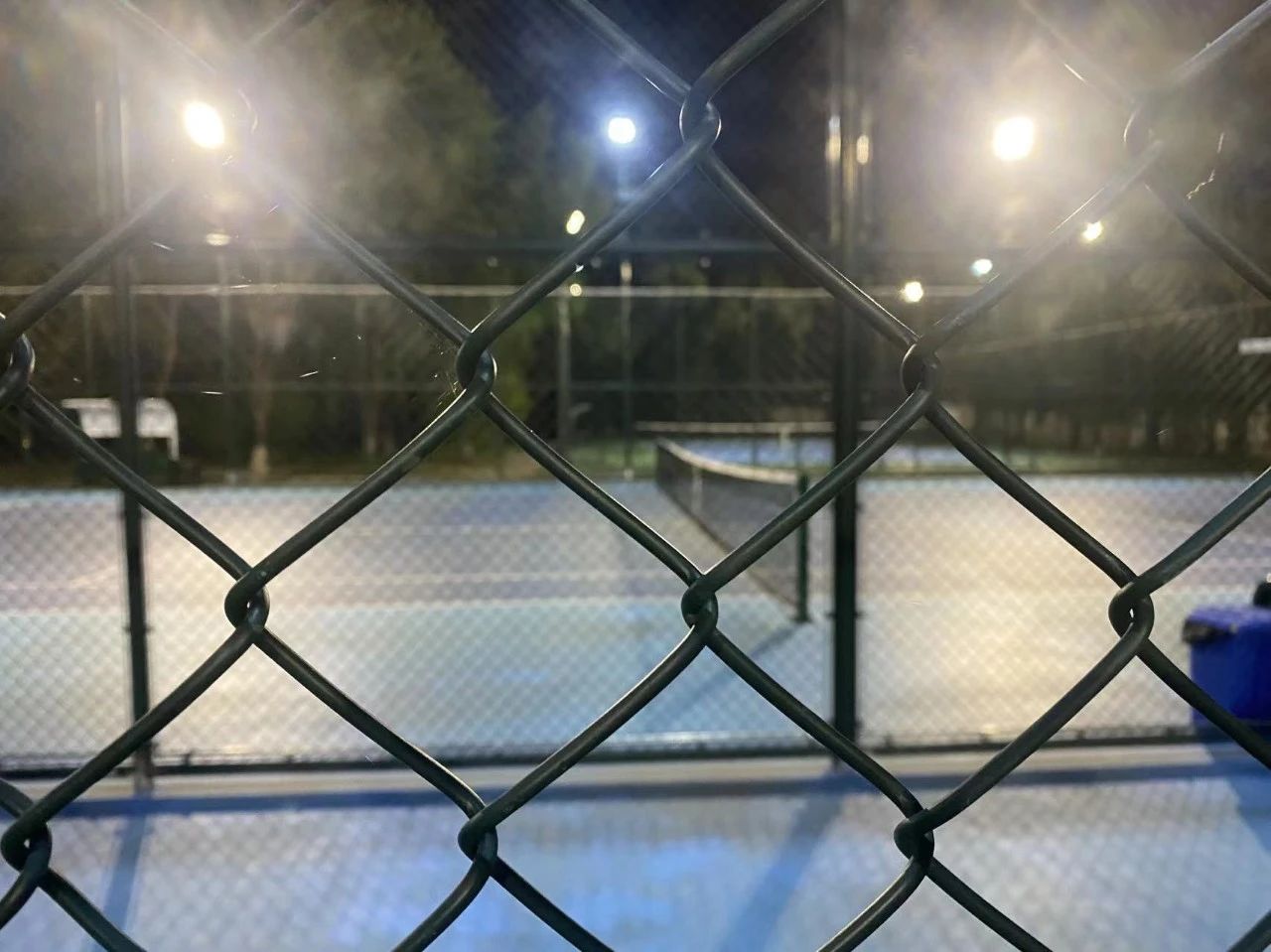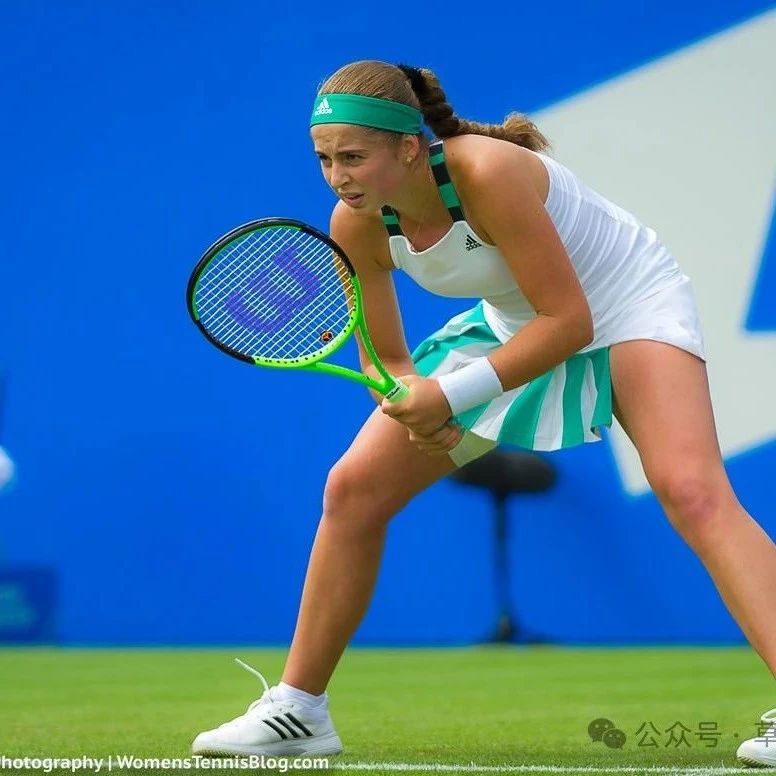Tennis Tutorial Selection
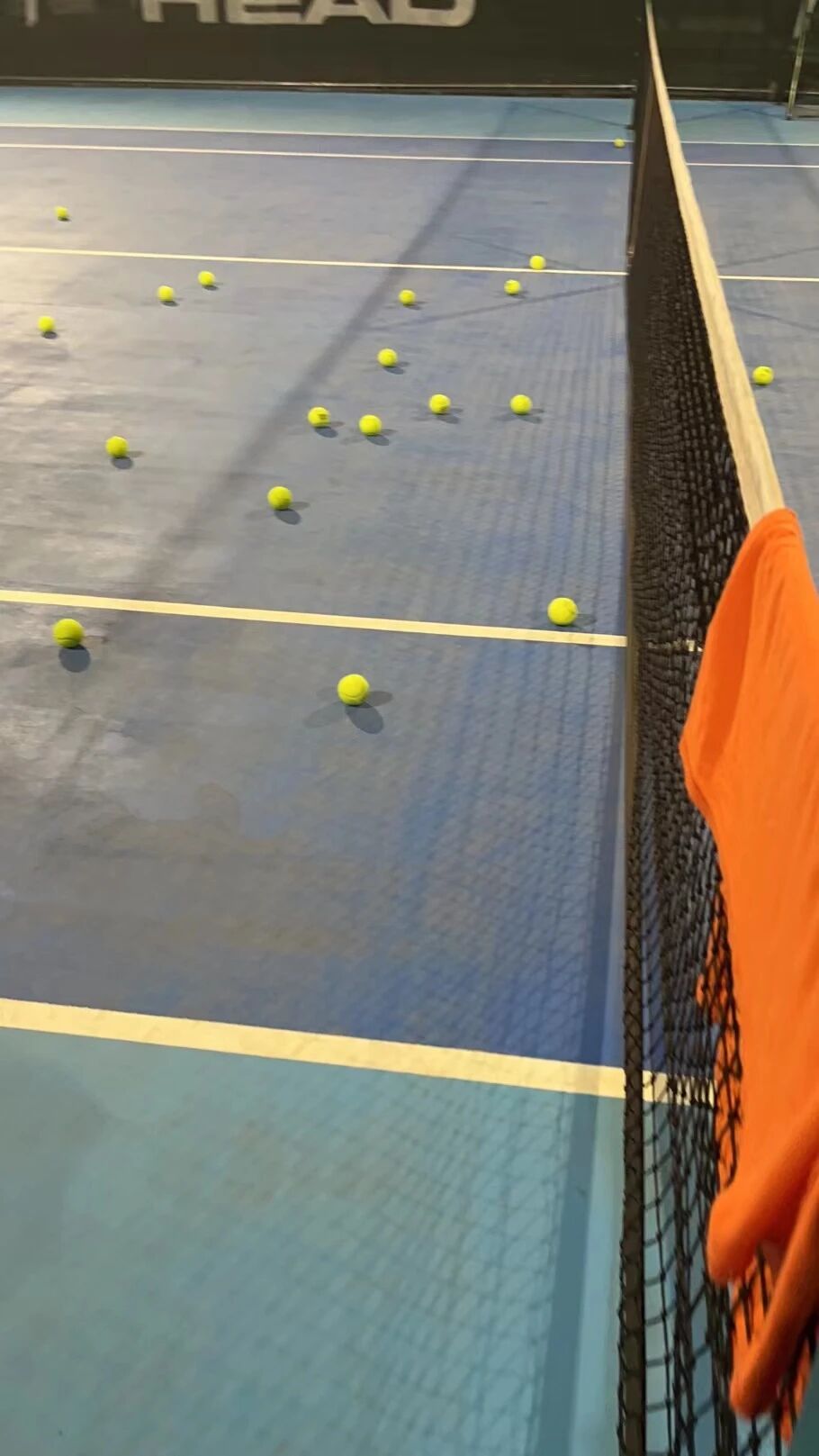
Since publishing my detailed reading notes on the forehand tutorial, I haven’t picked up my pen in quite some time. Instead, I’ve been focusing primarily on two key areas: first, diving deep into extensive reading and rigorous analysis—my theoretical foundation is still quite weak, and solid, well-structured output can only come from accurate and meaningful input; and second, immersing myself in learning a foreign language. Translating things often leads to subtle misinterpretations, so I’ve decided it’s far more effective to engage directly with the material myself. Drawing from past experiences and lessons learned in my studies and training, I’ve resolved to slow down and approach everything with greater care and precision.
In this efficiency-driven era, rushing for quick results has become the choice of too many— and tennis learning is no exception. Yet, through my own experience, I want to remind everyone that haste makes waste. More often than not, the quickest way to instantly improve your technique during training actually leads you down a detour. Instead, it’s worth taking the time to carefully figure out the right path forward. This article is all about choosing the right tutorials.
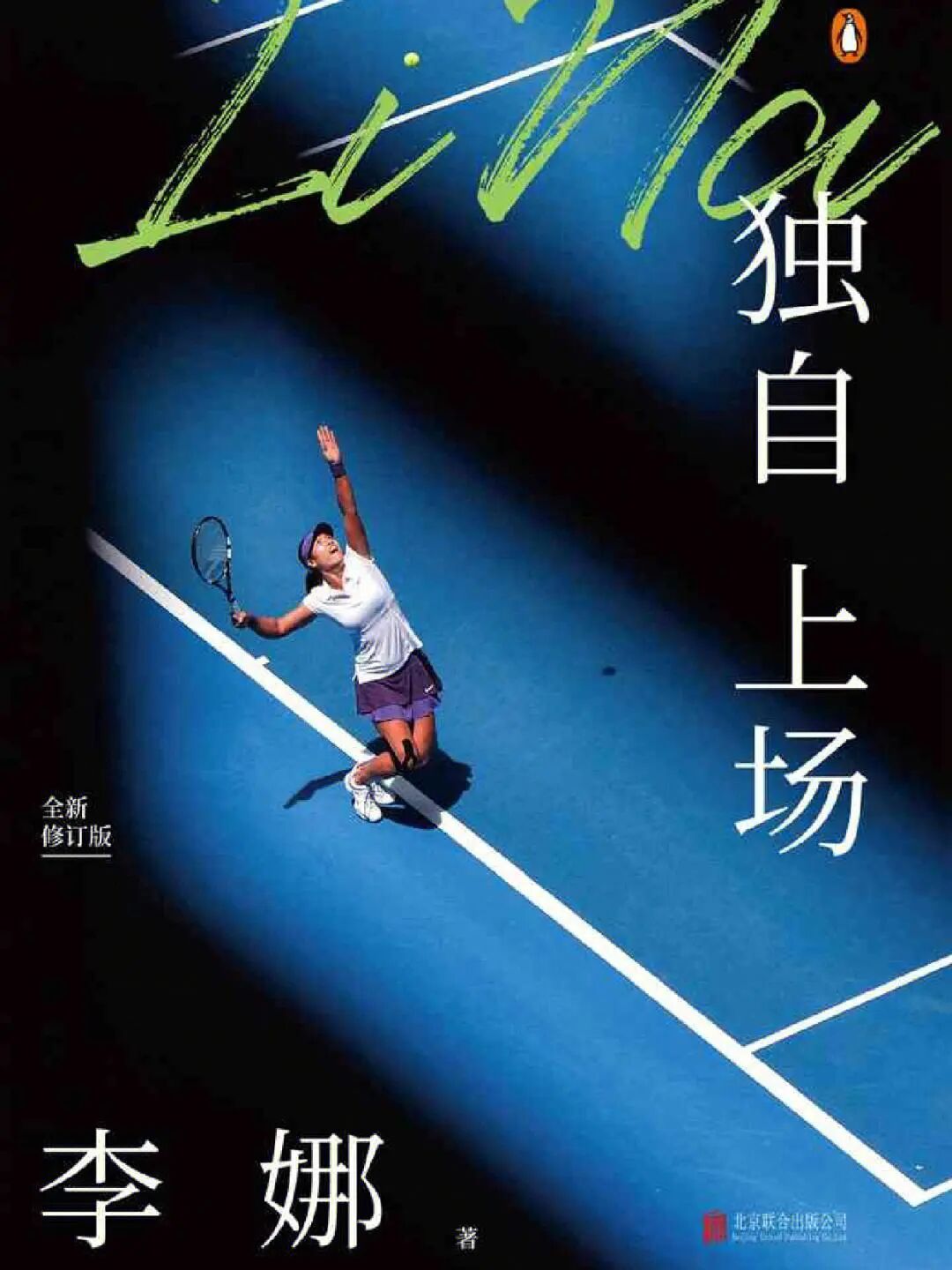
Li Na wrote in "Playing Alone" that tennis is a solitary sport—after all, it’s a discipline where one person must handle every single task. Even professional players, who benefit from the collective wisdom of their coaching teams, often still feel isolated—but this sense of loneliness hits grassroots enthusiasts even harder. The biggest risk lurking behind this solitude? Poor decision-making. After all, every choice comes with an opportunity cost, and getting it wrong can squander precious time that could have been spent more wisely.
Thinking is the beginning of choice—so make sure you have your own ideas about *what* to practice! Once, my coach encouraged me to bring my own perspective into the process; otherwise, the coach’s potential would become your own limit—even reaching that ceiling might be tough, since professional players, after countless hours of training, rely on their intuitive feel for tennis. As an adult learner, it’s clearly no easy feat to match that level of instinctive mastery.
Avoid fragmentation
In our time, knowledge is severely fragmented—yet people still message me, asking if the advice in this video is correct. "That's exactly how it’s explained," they say. Honestly, reading these messages often gives me quite a headache.
“A few-minute instructional video—solving everything in one move…” These kinds of content undeniably grab our attention and fire up our curiosity. Watching them feels incredibly satisfying, making us eager to give it a try right away. But here’s my advice: don’t learn tennis this way. Such videos are best used merely as mirrors to compare your own movements—definitely not as proper learning tutorials.
The person hidden behind fragmented content—whether it’s a creator or content producer—certainly doesn’t have fragmented knowledge. Instead, they’ll strive to condense video lengths, catering to our innate human preference for quick, concise, and easily digestible information.
As learners, if we rely solely on this approach, we’ll quickly fall into the trap of "fake effort"—watching countless tutorials yet still struggling to master tennis. That’s because this kind of knowledge remains fragmented and unsystematic: tweaking one thing today, switching to something else tomorrow, and never managing to move forward in a consistent, focused direction. Without a cohesive framework of knowledge, tennis training ends up feeling like being swept along—driven by whatever happens to catch our attention at the moment.
Avoid generalizations
Additionally, overly generic tutorials should also be avoided. The perspective from which a tutorial author presents the material is crucial: a great instructional resource unfolds thoughtfully, clearly addressing the learner's needs with detailed and practical content—leaving readers feeling enlightened and inspired after finishing. In contrast, poor-quality materials often resemble mere notes, written from the viewpoint of an expert rather than a beginner. Such resources tend to offer highly condensed, abstract explanations that only deepen the reader's confusion, making even the most straightforward concepts feel even more elusive.
For beginners, a good textbook always looks thick, and a great video tutorial often feels a bit repetitive—because the author is careful to cover every possible detail, fearing that readers might miss something or fail to grasp certain points.
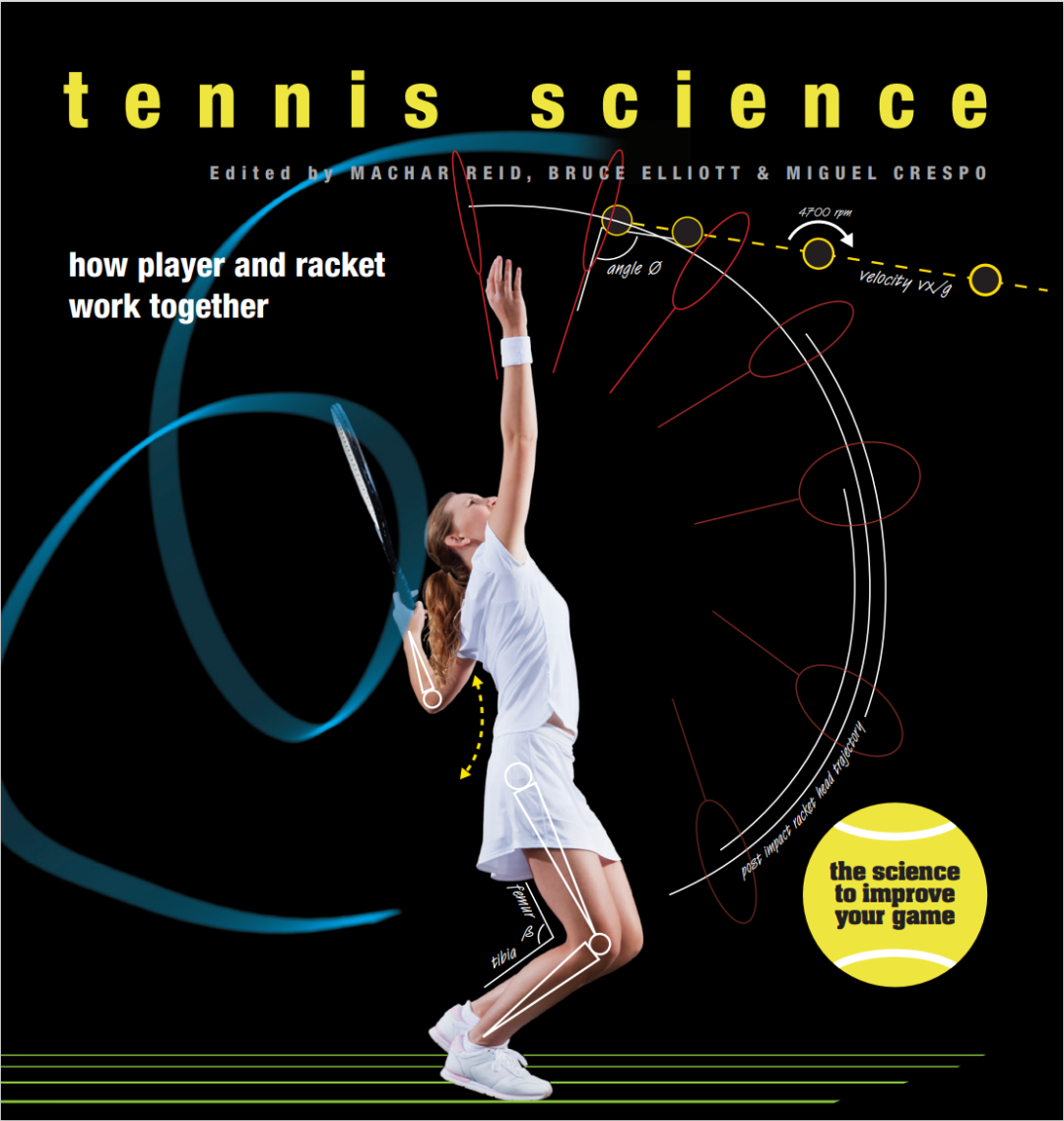
Take the author, for instance—once, they sparked a lively discussion among fellow players after publishing an article about racket face angles. In the piece, the author alternately described hitting the ball with the racket face tilted between 6° and 10°, yet later explained during training that the face should actually maintain a 45° angle relative to the vertical. After reading such an article, the author found it all quite abstract: "So, what exactly am I supposed to do?"
Until I came across a book titled "Tennis Science," where the author, discussing the creation of topspin, noted: "Initially, the swing is at 45°, gradually increasing this angle to 60° just before impact."
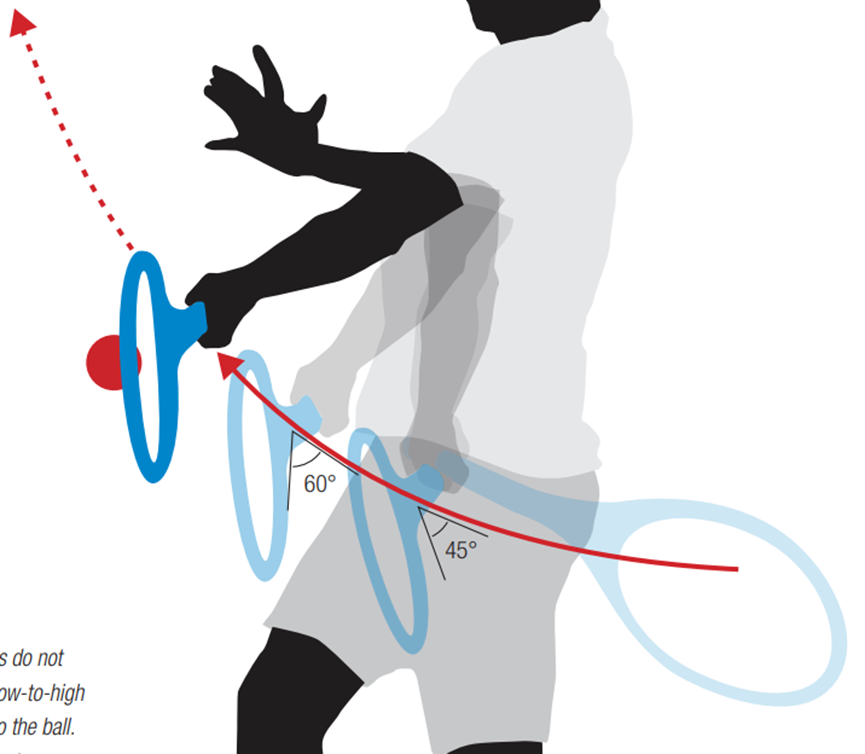
Through a visually rich and informative presentation, I realized this is actually a dynamic process that can’t be practiced in complete isolation. A simple comparison immediately reveals the difference in quality.
Investigate things to attain knowledge
To attain true knowledge, one must first investigate the principles of things; only when these principles are thoroughly understood can genuine insight be achieved. Studying the underlying truths of objects is the essential path to acquiring wisdom.
Adults learning tennis often bring in their previous sports experience—such as relying on arm strength or powerfully swinging the racket diagonally forward when serving. Yet, tennis itself, whether in terms of its technical movements or the unique dynamics of the ball, differs significantly from other ball sports. In other words, tennis demands a distinct "tennis-specific" approach to movement and technique.
From experience, tennis belongs to tennis, and everything else belongs to its own domain—misapplying this principle leads to a situation where technical movements are quickly picked up but gradually become distorted over time. The root cause? A failure to truly grasp the underlying principles behind the movements.
The author believes that an excellent tutorial should be both cause-and-effect oriented—enabling learners not only to know *how* to perform certain actions, but also to understand the *reasons* behind them. Only when learners truly grasp the principles underlying these movements can they genuinely develop tennis-specific skills and ultimately achieve the goal of letting awareness guide their actions.
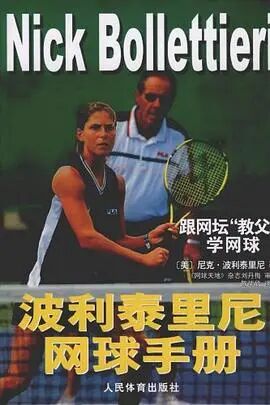
Take Nick's tennis tutorial as an example—its widespread acclaim among enthusiasts, in my view, stems not only from its comprehensive and well-structured curriculum but also from the way it clearly explains both the "what" and "why" behind each technical detail. Adult learners can master techniques like "pointing the racquet face toward the incoming ball to maximize leverage and optimize torque," as well as "executing quick footwork starts and stops by leveraging the relative positioning of your center of gravity and center of mass."
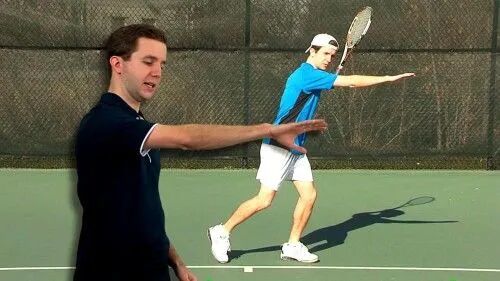
Taking the FYB series of tutorials as an example, the author repeatedly emphasizes that the outside foot should lift the heel—otherwise, the rotation will be hindered. Similarly, the non-racket-hand arm must be raised continuously, as this helps maintain dynamic balance during the spin—and the list goes on.
These tutorials perfectly cater to everyone's desire for a deeper, physics-based understanding of the world. As one Bilibili user put it—let’s inspire and motivate each other!
Excellent textbooks or tutorials are much like someone passionately sharing its beauty with you—far from a mere accumulation of information, they reflect humanity’s innate ability to imbue the physical world with aesthetic wonder.
